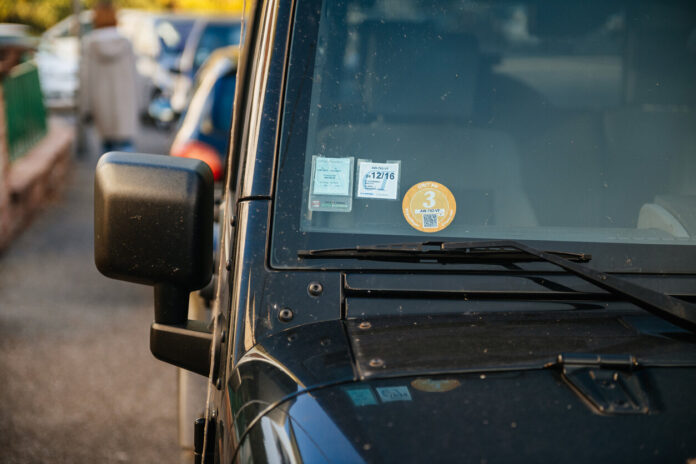To facilitate the acceptance of low emission mobility zones (ZFE-M), which aim to gradually banish the most polluting vehicles from large cities, a Senate report recommends in particular to relax the timetable for restrictions, and to strengthen aid for procurement. “Wherever they are set up, ZFE-Ms come up against tensions and serious misunderstandings, both on the part of the local authorities responsible for setting them up and on the part of users, individuals and professionals, whose daily mobility will be affected by the traffic restrictions,” a summary of that report reads, according to Capital. Its rapporteur, Senator Philippe Tabarot (LR), notes insufficient state support, an alternative transport offer to the “too modest” car, and the “financially inaccessible nature” of clean vehicles.
“The renewal of such a volume of vehicles in such tight deadlines seems materially difficult to envisage, given the cost of low-polluting vehicles”, adds Senator LR. On the other hand, an “essential prerequisite for the deployment of this system” is the existence of a sufficient supply of alternative transport. This is why the senator also recommends strengthening aid for the acquisition of “clean new” vehicles (ecological bonus and/or conversion bonus), targeting low-income households in particular, and setting up a one-stop shop for simplify their acquisition. Before deploying the system, “a concerted implementation at the regional level must be considered”, he suggests, in order to avoid too great inequalities and to make the rules more understandable.
Discover in our slideshow below, which cities are threatened by the arrival of possible ZFEs in 2024, forcing some motorists to turn back.















